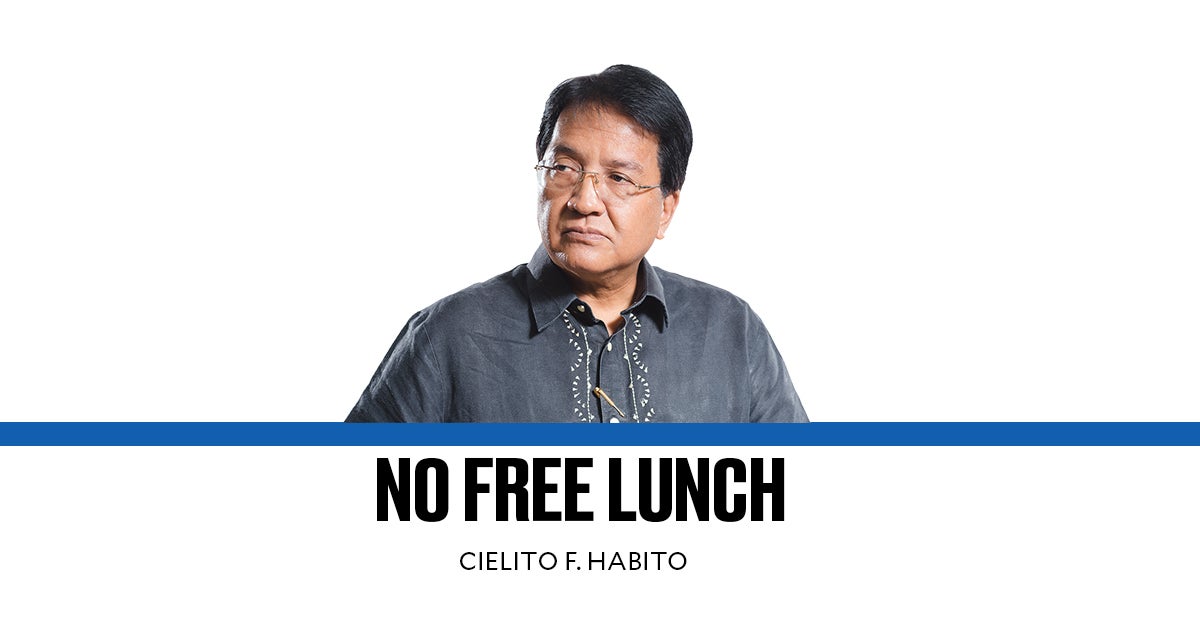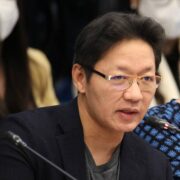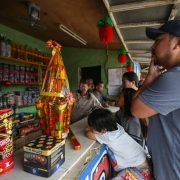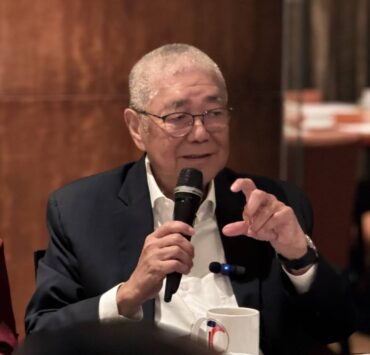K-12: Education tango?

We’re hearing growing calls from some sectors and members of Congress to repeal or reverse the K-12 basic education framework enacted in 2013 via Republic Act No. 10533. But rather than make our already bad education crisis better, they’re threatening to push our country and its future off a cliff that I can’t imagine how we’d survive.
It’s yet another unfortunate example of Filipinos’ fickleness about reform, borne out of shortsightedness, ningas cogon (flash in the pan) mentality, or plain impatience. It has happened again and again, with laws like rice tariffication, oil industry deregulation, devolution of agricultural services, and many more. I once called it “economic tango,” to describe how our economic policymaking often had us stepping forward and then stepping backward, like movements in the dance. We just can’t seem to move forward consistently and continuously. Such policy reversals have kept our country from earning enough faith and trust from foreign investors, international finance institutions, and our people.
And so here we go again, this time on something so vital and so fragile as our basic education system. Has the K-12 program really failed to deliver on its promises, as critics claim? Or have we simply not implemented this game-changing education reform right? Many believe that reversing K-12 would be a major setback for Philippine development, as it would undermine national competitiveness, worsen learning gaps, and miss addressing the real roots of our education crisis.
The Philippines used to have among the shortest basic education cycles in the world, with only 10 years (six in elementary and four in high school). This puts Filipino graduates at a disadvantage both locally and internationally. Abroad, Filipino students often were considered not to have completed secondary education, limiting their employment and higher education opportunities. The K-12 reform sought to align us with global standards, ensure better learning outcomes, and provide students with more time to develop foundational and employable skills. Adding two senior high school years (Grades 11 and 12) did not simply extend the old curriculum; it reimagined it. Senior high school would prepare students for higher education, entrepreneurship, employment, or technical-vocational careers, depending on their chosen track. K-12 was thus an ambitious and necessary policy meant to modernize the Philippine education system for the 21st century.
Critics argue that the reform has not improved the quality of education, citing our students’ poor performance in the Program for International Student Assessment (Pisa) and the Southeast Asia Primary Learning Metrics, among others. But this reasoning is flawed. Many of these assessments were done when K-12 was new, before the first full cohort had even completed the new cycle. Students who took the Pisa 2018 test entered high school under the old system. Thus, the results cannot be used to judge the effectiveness of a reform they did not fully experience. Moreover, the country’s learning crisis began long before K-12, tracing ultimately to high levels of early childhood malnutrition and stunting, leading to weak cognitive and learning abilities. On top of this were chronic underfunding of education, overcrowded classrooms, outdated teaching materials, low teacher morale, inconsistent training, and many more reasons. K-12 was to address these structural issues over time, not provide a quick fix. Blaming K-12 for these deep-seated problems is like blaming a newly prescribed medication for an illness the patient has had for decades.
Almost all countries have adopted 12 years or more of basic education. Rolling it back to 10 years would once again make Filipino graduates ineligible for many jobs and college programs abroad. In an increasingly globalized world, where the mobility of labor and education is vital, such a move would be virtual suicide. Reverting to a shorter, outdated education model will produce graduates even less prepared for the demands of the future workforce.
Lastly, reversing K-12 would be a logistical and financial disaster. The government and the private sector have invested heavily over the past decade to realign curricula, retrain teachers, upgrade facilities, and revise textbooks and learning materials. To dismantle this system would throw away billions of pesos of investment and plunge the education system back into chaos. Real education reform takes time, and results are measured in decades, not election cycles. The countries that now lead the world in education—like Finland, Singapore, and South Korea—took decades to build strong, well-supported education systems. We must do the same, and that means to stay the course with K-12, but to fix its flaws.
This is not the time to be doing a tango on our educational system.





















PH nutrition programs: Too little, too late